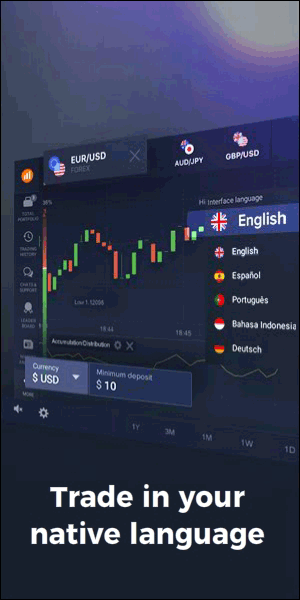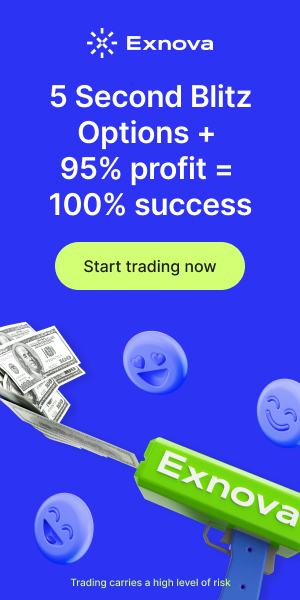Understanding Exchange-Traded Funds (ETFs)
Exchange-Traded Funds (ETFs) have become a popular investment vehicle for both novice and seasoned investors. They offer a way to diversify a portfolio without the need to buy individual stocks or bonds. But with so many options available, how do you choose the right one? This article delves into the world of ETFs, providing valuable insights to help you make an informed decision.
What Are ETFs?
ETFs are investment funds that are traded on stock exchanges, much like individual stocks. They hold assets such as stocks, commodities, or bonds and generally operate with an arbitrage mechanism designed to keep trading close to its net asset value, though deviations can occasionally occur.
Types of ETFs
There are several types of ETFs, each catering to different investment strategies and goals. Understanding these types can help you choose the one that best fits your needs.
- Equity ETFs: These ETFs invest in stocks and aim to replicate the performance of a specific index, such as the S&P 500.
- Bond ETFs: These focus on bonds and can include government, corporate, or municipal bonds.
- Commodity ETFs: These invest in commodities like gold, oil, or agricultural products.
- Sector and Industry ETFs: These target specific sectors or industries, such as technology or healthcare.
- International ETFs: These provide exposure to markets outside of your home country.
- Inverse and Leveraged ETFs: These are designed for short-term trading and aim to deliver multiples of the performance of the index they track, either positively or inversely.
Factors to Consider When Choosing an ETF
Choosing the right ETF involves considering several factors. Here are some key points to keep in mind:
- Expense Ratio: This is the annual fee that all funds or ETFs charge their shareholders. Lower expense ratios are generally better.
- Liquidity: ETFs with higher trading volumes are generally more liquid, making them easier to buy and sell.
- Tracking Error: This measures how closely the ETF follows its benchmark index. Lower tracking errors are preferable.
- Underlying Index: Understand what the ETF is tracking. Some indices are more diversified than others.
- Dividend Yield: Some ETFs pay dividends, which can be an important source of income for investors.
Popular ETFs to Consider
Here are some of the most popular ETFs that investors often consider:
| ETF Name | Type | Expense Ratio | Dividend Yield |
|---|---|---|---|
| SPDR S&P 500 ETF (SPY) | Equity | 0.09% | 1.77% |
| iShares Core U.S. Aggregate Bond ETF (AGG) | Bond | 0.04% | 2.40% |
| Invesco QQQ Trust (QQQ) | Equity | 0.20% | 0.74% |
| Vanguard FTSE Emerging Markets ETF (VWO) | International | 0.10% | 2.50% |
| SPDR Gold Shares (GLD) | Commodity | 0.40% | N/A |
Advantages of Investing in ETFs
ETFs offer several advantages that make them an attractive option for many investors:
- Diversification: ETFs provide exposure to a wide range of assets, reducing the risk associated with individual stocks or bonds.
- Cost-Effective: With generally lower expense ratios compared to mutual funds, ETFs are a cost-effective way to invest.
- Liquidity: ETFs can be bought and sold throughout the trading day at market prices, providing greater flexibility.
- Transparency: ETFs disclose their holdings daily, allowing investors to know exactly what they own.
- Tax Efficiency: Due to their unique structure, ETFs are often more tax-efficient than mutual funds.
Disadvantages of Investing in ETFs
While ETFs have many benefits, they also come with some drawbacks:
- Trading Costs: Although ETFs have lower expense ratios, frequent trading can incur significant costs.
- Complexity: Some ETFs, especially leveraged and inverse ETFs, can be complex and may not be suitable for all investors.
- Market Risk: Like all investments, ETFs are subject to market risk and can lose value.
- Tracking Error: Some ETFs may not perfectly track their underlying index, leading to discrepancies in performance.
How to Start Investing in ETFs
If you’re ready to start investing in ETFs, here are some steps to get you started:
- Open a Brokerage Account: You’ll need a brokerage account to buy and sell ETFs. Many online brokers offer commission-free trading for ETFs.
- Research ETFs: Use tools and resources to research different ETFs and find ones that align with your investment goals.
- Create a Diversified Portfolio: Consider diversifying your investments across different types of ETFs to spread risk.
- Monitor Your Investments: Regularly review your ETF holdings and make adjustments as needed to stay aligned with your investment strategy.

Conclusion
ETFs offer a versatile and cost-effective way to invest in a wide range of assets. By understanding the different types of ETFs and considering factors such as expense ratios, liquidity, and tracking error, you can choose the right ETFs to meet your investment goals. While there are some disadvantages to be aware of, the benefits of diversification, cost-effectiveness, and transparency make ETFs a compelling option for many investors.
Q&A Section
- Q: What is an ETF?
A: An ETF, or Exchange-Traded Fund, is an investment fund that is traded on stock exchanges and holds assets like stocks, bonds, or commodities. - Q: How do ETFs differ from mutual funds?
A: Unlike mutual funds, ETFs can be traded throughout the day at market prices, and they generally have lower expense ratios. - Q: What are the main types of ETFs?
A: The main types include equity ETFs, bond ETFs, commodity ETFs, sector and industry ETFs, international ETFs, and inverse and leveraged ETFs. - Q: What should I consider when choosing an ETF?
A: Key factors include the expense ratio, liquidity, tracking error, underlying index, and dividend yield. - Q: Are ETFs suitable for all investors?
A: While ETFs offer many benefits, they may not be suitable for all investors, especially those who do not understand the complexities of certain types of ETFs. - Q: How can I start investing in ETFs?
A: Open a brokerage account, research ETFs, create a diversified portfolio, and monitor your investments regularly. - Q: What are the advantages of investing in ETFs?
A: Advantages include diversification, cost-effectiveness, liquidity, transparency, and tax efficiency. - Q: What are the disadvantages of investing in ETFs?
A: Disadvantages include trading costs, complexity, market risk, and tracking error. - Q: Can I receive dividends from ETFs?
A: Yes, some ETFs pay dividends, which can be an important source of income for investors. - Q: What is a tracking error?
A: Tracking error measures how closely an ETF follows its benchmark index. Lower tracking errors are preferable.
For more information on popular ETFs, you can refer to this Investopedia article on ETFs.







